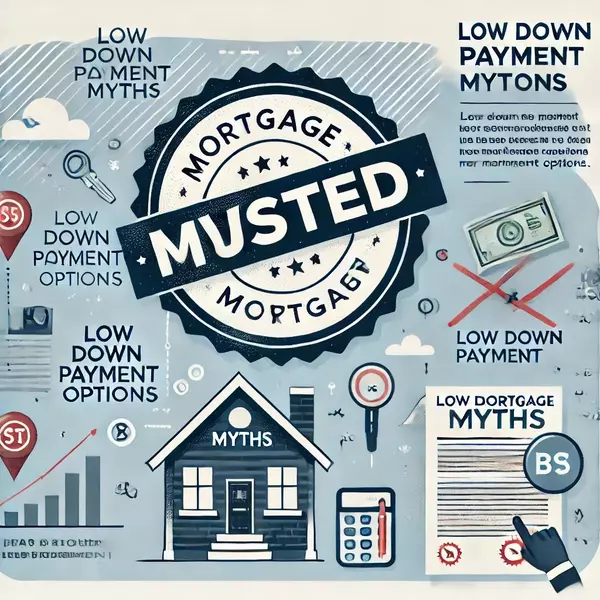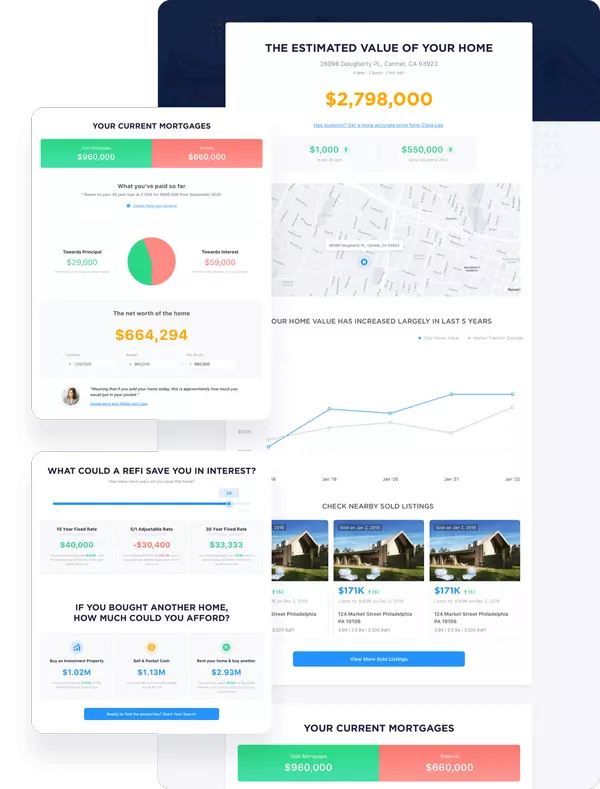Buy a property
Find your dream home in Florida! Explore homes for sale, work with top real estate agents, and secure the best deal.
Browse Listings
Finance a property
Get pre-approved for a mortgage! We offer low-rate home loans, refinancing options, and first-time buyer programs.
Get Pre-Approved
Sell a property
Sell your Florida home fast! Get expert real estate services, top marketing, and maximize your home’s value.
Request a Home Valuation
At Florida Homes & Loans, we make buying, selling, and financing homes simple, seamless, and personal.
Proudly serving Central Florida and the Space Coast, we’re one of the first companies in Florida to bring real estate and mortgage services together under one roof—because we believe homeownership should be convenient, not complicated.
Whether you're a first-time homebuyer searching for the perfect place, a seasoned investor looking for your next opportunity, or simply exploring home loan options in Florida, our experienced team is here to guide you every step of the way.
Our local knowledge runs deep. We live here, work here, and love helping our neighbors find and finance their dream homes—from the vibrant heart of Orlando to the serene shores of Cocoa Beach.
When you work with Florida Homes & Loans, you’re not just getting an agent or a loan officer—you’re gaining a partner who genuinely cares. Our dual expertise in real estate and home loans means fewer hurdles, faster closings, and smarter decisions.
Let us help you make your next move with confidence.
OUR AGENTS
Read our blogs..

Top 10 Cost-Effective Home Improvements to Boost Your Property Value Before Selling

Spring into the Housing Market

Spring Into the Market: Why Sellers Are Feeling the Buzz This Season

Is the Sunshine State Losing Its Shine? Why Some Floridians Are Reconsidering the Move

The 75 Hard Challenge for Your Home: Transform Your Space in 75 Days

Mortgage Myths Busted! You DON’T Need 20% Down!


